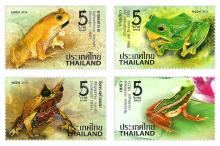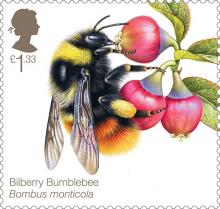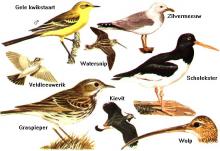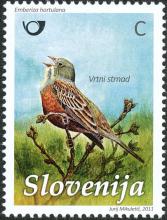Neonicotinoids Insecticides Expose Pregnant Women To Hormonal Disturbances, Endangering The Babies
The neonicotinoids insecticides expose pregnant women to hormonal disturbances which could affect the unborn babies, according to a Quebec scientific study. If the effects of neonicotinoid insecticides have been studied on bees, they have been little studied on humans. However, a Canadian research organization, the National Institute for Scientific Research, has decided to study the impacts of these products on human health.










